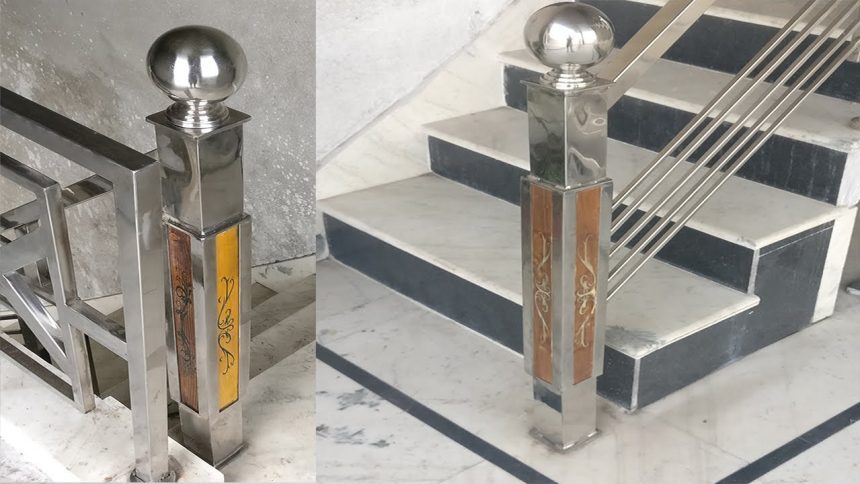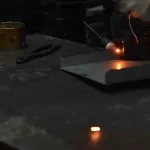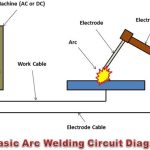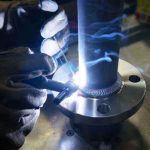Welding finds applications in a wide range of industries, including construction, transportation, agriculture, and professional services. It is an invaluable skill that offers versatility, allowing welders to work in almost any industry.
In this beginner’s guide to welding, we’ll look at:
Welding Town
What welding is
How to get started
The different types of welding
The welding process
Careers in welding
Stick welding
Advantages
- Suitable for most types of metals
- No gas supply required
- Can be used with direct current
- Equipment is portable
- Best suited for windy or draughty environments
Disadvantages
- Can be more costly than other types of welding
- Manual process that cannot easily be automated
- Not suitable for reactive metals
Mention welding to someone and they’ll probably picture stick welding. Also known as shielded metal arc welding (SMAW), this is welding the old-fashioned way: simple, easy to learn and versatile. Stick welding uses an electrical current and a fixed-length electrode that is coated with mineral compounds and metal powders. When the electrode is applied to the metal, the coating produces gases that act as a shield for the weld.
The composition of the electrode coating affects the outcome of the weld; many different types of electrodes and coatings are available, making stick welding an incredibly versatile process. This, and the lack of external gas source, means that it can be performed almost anywhere. Power can be supplied via alternating or direct current, or by a generator – making it ideal for remote areas.
Flux-Cored Arc Welding (FCAW)
Advantages
- Ideal for thicker, heavier metals
- Suitable for contaminated base metals
- Fast process
- Visually pleasing weld
Disadvantages
- More cleanup required
- toxic fumes and more spatter
Flux-cored arc welding, also known as FCAW, is another easy-to-learn welding skill that doesn’t require too much expensive equipment, so it’s a good option for those just starting out. FCAW is often used in construction thanks to its suitability for thicker, heavier metals.
Similar to MIG welding, flux-cored welding uses a continuously fed electrode.
Indeed, many MIG welding machines have the capability to be used for Flux-Cored Arc Welding (FCAW) as well. The primary difference lies in the electrode, which in FCAW has a flux core that contains the filler material. As the electrode melts during the welding process, the flux core releases gases that create a shielding effect. This shielding gas helps protect the weld from atmospheric contamination, eliminating the need for an external gas supply. However, in certain applications, an external gas supply can still be used and may provide additional benefits.
The use of a flux core in FCAW makes it a relatively portable welding process, suitable for outdoor and external applications. The absence of a separate shielding gas source contributes to its portability. However, it’s important to note that the results of FCAW welds are often not as visually appealing as welds produced by other types of welding processes.
While FCAW may not yield the same aesthetic quality as processes like TIG welding, it offers advantages in terms of convenience and productivity. It is commonly used in construction, fabrication, and heavy-duty applications where speed and efficiency are prioritized over the appearance of the weld.
By understanding the capabilities of MIG welding machines and their compatibility with FCAW, welders can choose the most appropriate process for their specific applications, considering factors such as portability, aesthetics, and the desired outcome of the weld.












